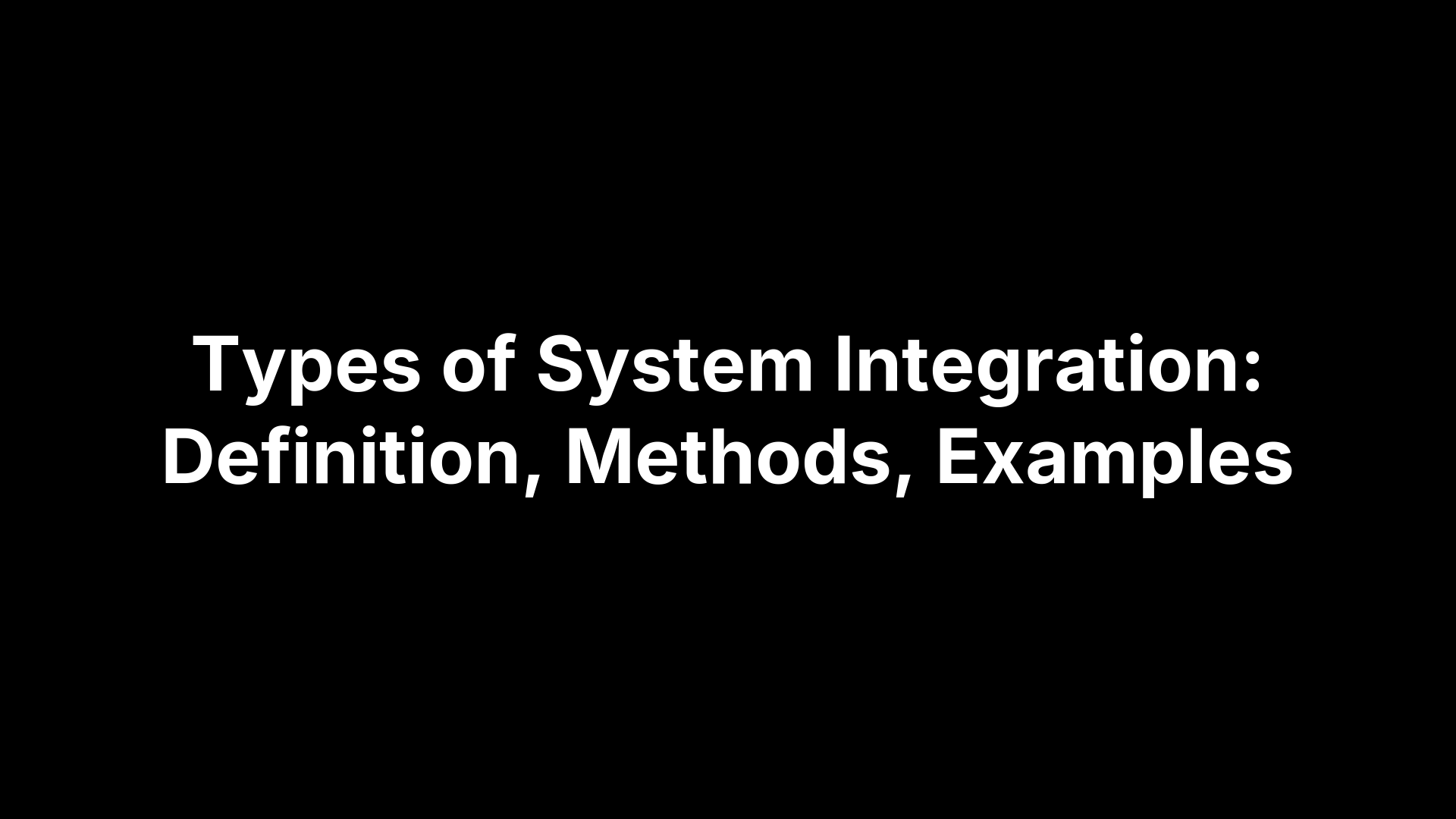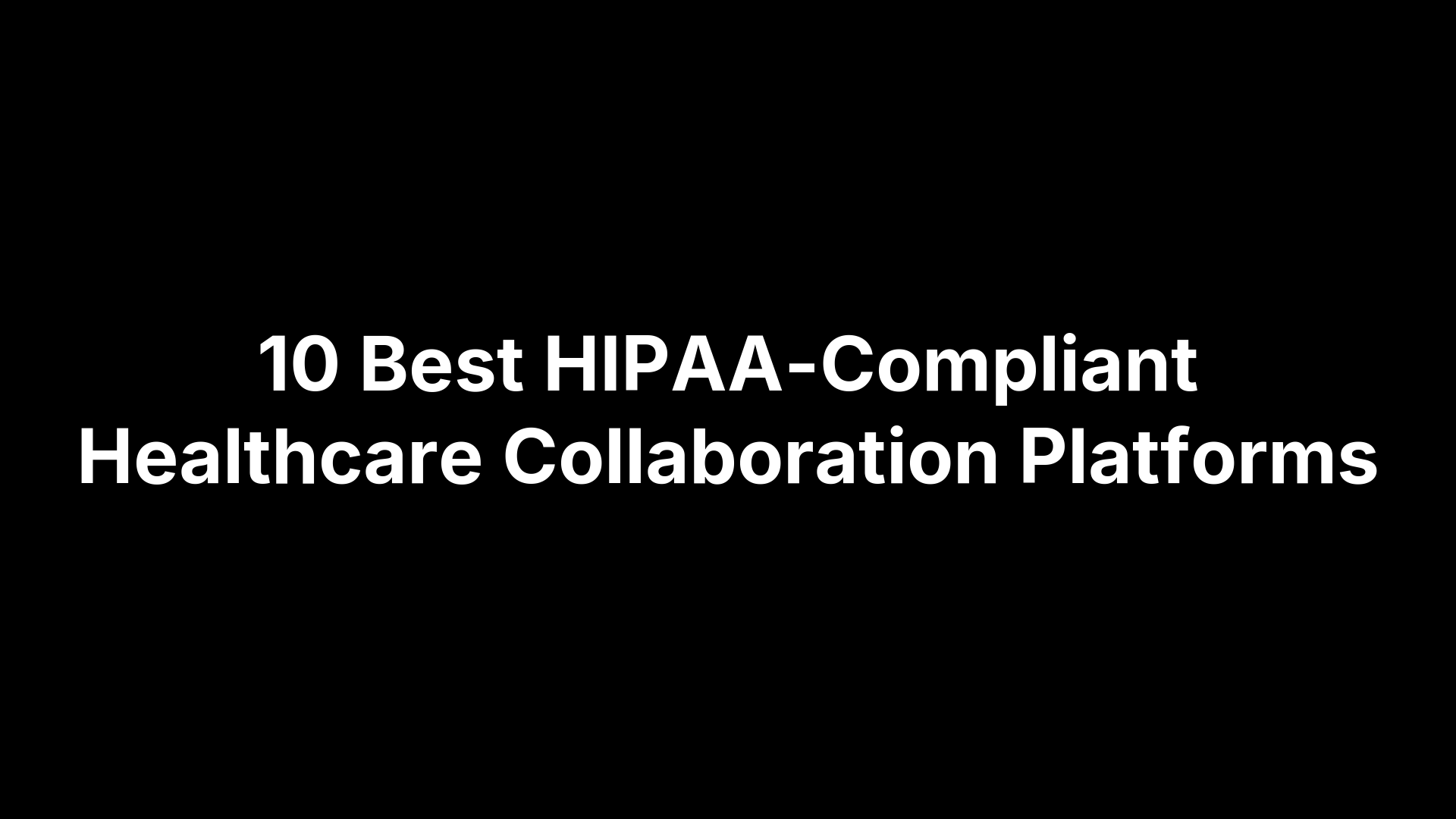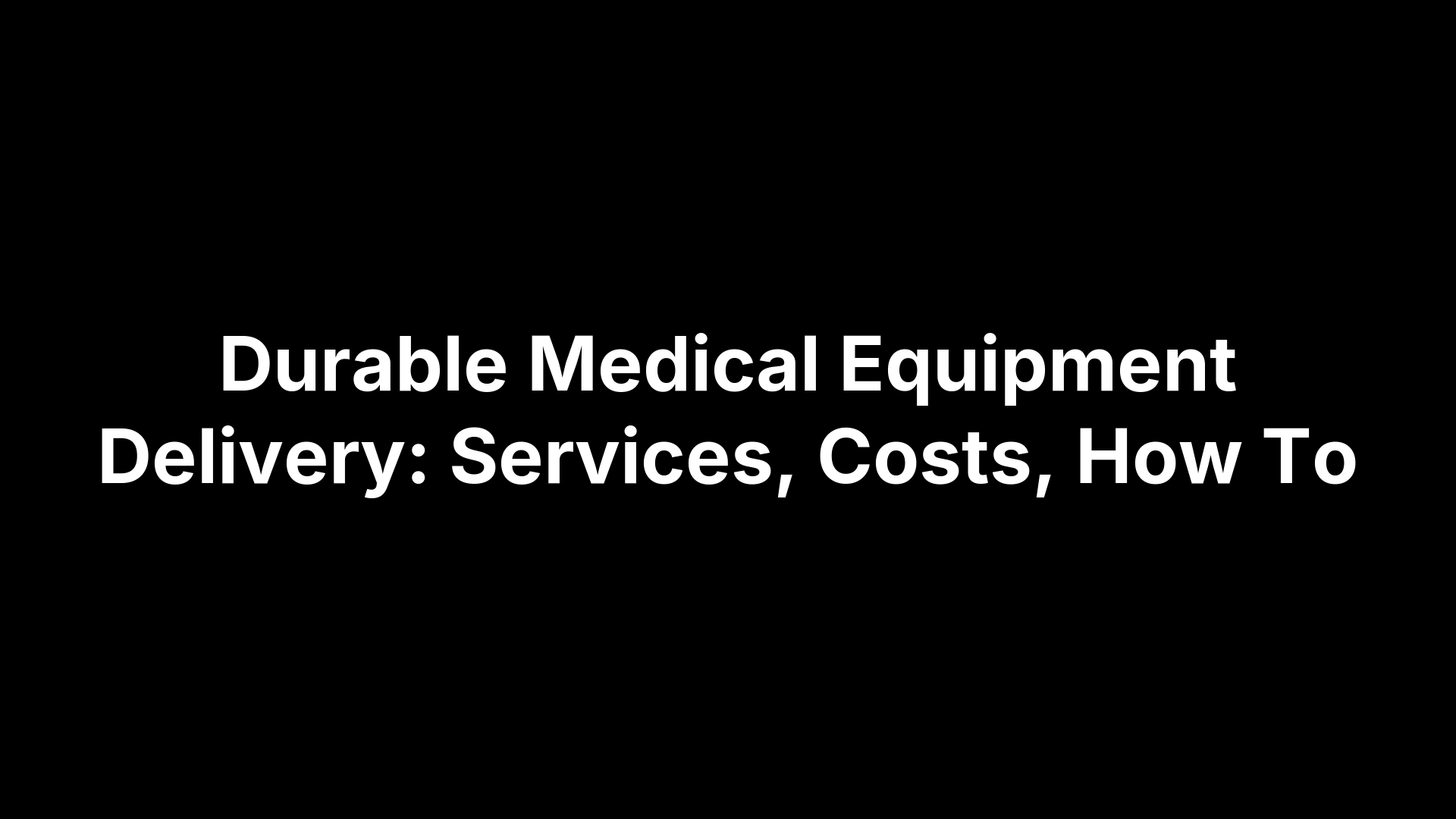Types of System Integration: Definition, Methods, Examples


Types of System Integration: Definition, Methods, Examples
System integration connects separate software applications and hardware systems so they can share data and work together as one unit. Instead of manually moving information between your scheduling software, billing system, and EHR, integration lets these tools communicate automatically. This eliminates duplicate data entry, reduces errors, and gives everyone on your team access to the same current information.
When you run patient logistics operations, the right integration approach can mean the difference between spending hours coordinating rides and handling it in minutes. But integration isn't one size fits all. Point-to-point connections work differently than hub-and-spoke architectures. APIs serve different purposes than EDI systems. This article breaks down the main types of system integration, explains when to use each method, and shows real examples from healthcare environments. You'll learn how different integration architectures work, what questions to ask before choosing an approach, and how these connections actually function in patient transport and care coordination systems.
Why system integration matters in healthcare
Healthcare operations depend on dozens of separate systems that need to communicate accurately and instantly. Your EHR holds patient records, your dispatch software coordinates transportation, your billing system tracks payments, and your credentialing platform manages vendor compliance. When these systems operate in silos, your staff wastes hours manually transferring information between platforms. More importantly, disconnected systems create gaps where critical patient information can slip through, leading to delayed care, missed appointments, or billing errors that cost your organization thousands of dollars.
Impact on patient safety and care quality
Patient safety improves dramatically when your systems share information automatically. Integrated platforms ensure that when a patient needs transport to dialysis, everyone involved sees the same mobility requirements, oxygen needs, and pickup instructions. Your dispatch team doesn't have to call the floor nurse three times to confirm details. The transport provider receives complete information before arriving, which means fewer delays and safer transfers. When a patient's condition changes, that update flows to every relevant system instantly rather than sitting in a voicemail or lost email. The different types of system integration available today make it possible to connect everything from legacy EHR systems to modern mobile dispatch applications, giving your care teams the complete picture they need.
When every system speaks the same language, your patients receive coordinated care instead of fragmented services.
Operational efficiency and cost reduction
Integration cuts your operational costs in three major ways. First, your staff spends less time on manual data entry and phone tag. A discharge planner who used to spend 30 minutes arranging one transport can handle the same task in 3 minutes when systems connect properly. Second, automated workflows reduce errors that lead to expensive fixes like wrong-site pickups, duplicate billings, or compliance violations. Third, real-time visibility into your operations helps you allocate resources more effectively. You can see which transport requests are pending, which vendors have available capacity, and where bottlenecks form. Healthcare organizations using integrated logistics platforms report saving over $500,000 annually just by eliminating the inefficiencies that come from disconnected systems.
How to choose the right integration approach
Selecting the right integration method requires you to evaluate your current infrastructure, understand your operational goals, and plan for future growth. The types of system integration that work for a small home health agency won't necessarily fit a large hospital network coordinating multiple service lines. You need to match your integration strategy to your specific situation rather than jumping on whatever technology seems most popular. Start by mapping out which systems need to communicate, what data they must share, and how often those exchanges need to happen. A transport coordination platform that updates every few minutes has different requirements than a billing system that batches invoices overnight.
Assess your current systems and workflows
Your existing technology stack determines which integration approaches will actually work for your organization. Take inventory of the software platforms your teams use daily, from your EHR and scheduling tools to your vendor management systems and payment processors. Document whether each system offers APIs, supports webhooks, or requires custom middleware to connect with other platforms. Consider how your staff currently moves information between these systems. If your discharge planners manually copy patient details from the EHR into a transport booking form, that workflow tells you exactly where integration would eliminate bottlenecks. Some legacy systems won't support modern API connections, which means you might need a hub-and-spoke architecture or middleware layer to bridge the gap between old and new technology.
Evaluate scalability and future needs
Think beyond your immediate requirements and consider where your organization will be in two to three years. The integration approach that handles 50 patient transports per day might collapse when you scale to 500. If you plan to add new service lines like DME delivery or meal coordination, your integration architecture needs flexibility to connect additional systems without rebuilding everything from scratch. Point-to-point integrations work fine when you're connecting three or four applications, but they become unmanageable as your tech stack grows. You'll save time and money in the long run by choosing an integration method that can scale with your operations.
Choose integration patterns that accommodate growth rather than forcing you to rebuild connections every time you add a new system.
Consider compliance and security requirements
Healthcare integrations must protect patient information and meet regulatory standards like HIPAA. Your integration approach needs to maintain data security as information moves between systems, which means evaluating encryption methods, access controls, and audit trails. Certain integration architectures provide better security than others. Hub-and-spoke models centralize data flow, making it easier to monitor and control who accesses sensitive information. If your organization handles particularly sensitive patient data or works in highly regulated environments, security requirements might narrow your integration options considerably. Factor in compliance costs and ongoing security maintenance when comparing different integration methods.
Core types of system integration
The types of system integration you choose depend on what you're trying to connect and why. Healthcare organizations typically need several different integration categories working together simultaneously. Your hospital might use enterprise application integration to connect internal systems while also running EDI connections with insurance payers and data integration pipelines that feed your analytics platform. Understanding these core types helps you identify which integration category addresses each specific need in your patient logistics operations. Each type serves distinct purposes and solves different problems in how information flows through your organization.
Enterprise application integration (EAI)
Enterprise application integration brings together multiple business applications within your organization so they function as a unified system. Your EHR, scheduling software, billing platform, credentialing system, and dispatch tools all need to share information in real time. EAI creates a cohesive environment where updating a patient's discharge status in your EHR automatically triggers transport booking, notifies the appropriate vendors, and updates your capacity planning dashboard. This integration type focuses on internal systems rather than external connections. Healthcare organizations use EAI to eliminate the silos that form when different departments adopt separate software solutions that can't communicate with each other.
Data integration
Data integration consolidates information from multiple sources into a single, unified view that your teams can analyze and act on. Your transport requests come from various entry points including your EHR, phone calls, web forms, and mobile apps. Data integration collects all these requests into one system where dispatchers see complete information regardless of how it originated. This type differs from EAI because it focuses specifically on gathering and normalizing data rather than connecting entire application workflows. Organizations use data integration to power business intelligence dashboards, generate reports, and create data warehouses that support strategic decisions about resource allocation and service improvements.
Data integration gives you one source of truth instead of forcing your teams to check multiple systems for incomplete information.
Electronic data interchange (EDI)
Electronic data interchange replaces paper-based document exchanges with standardized electronic formats that computers can process automatically. Healthcare organizations use EDI primarily for billing transactions, claims processing, and compliance reporting with payers and government agencies. When your transport provider submits an invoice, EDI systems handle the entire transaction electronically using formats like X12 or HL7 that both parties recognize. This integration type operates on strict standards that ensure consistent formatting across different organizations and systems. EDI reduces manual document handling, speeds up payment cycles, and minimizes errors that occur when humans manually enter information from paper forms.
Legacy and third-party integrations
Legacy system integration connects older platforms that your organization can't easily replace with modern applications and workflows. Your hospital might run critical functions on a mainframe system from the 1990s that needs to communicate with cloud-based patient logistics software. Integration middleware or custom adapters bridge the gap between these incompatible technologies. Third-party integration extends your platform's capabilities by connecting external services like payment processors, mapping APIs, or communication tools. Your patient transport system might integrate with Google Maps for routing, Twilio for SMS notifications, and Stripe for payment processing. These integrations let you leverage specialized services without building every feature yourself.
Methods and architectures for integration
Integration architecture defines how your systems connect and communicate with each other at a structural level. The types of system integration methods you select determine whether data flows directly between applications, through a central hub, or along multiple pathways simultaneously. Your architectural choice impacts scalability, maintenance complexity, and how easily you can add new systems later. Small organizations with just a few applications might succeed with simple point-to-point connections, while larger healthcare networks coordinating dozens of systems typically need more sophisticated architectures like hub-and-spoke or enterprise service bus models. Understanding these foundational patterns helps you build an integration strategy that matches your operational reality rather than creating unnecessary complexity.
Point-to-point and star architectures
Point-to-point integration creates direct connections between two systems without intermediate layers. Your scheduling software connects straight to your dispatch platform through a single API or custom code. This approach works efficiently when you need to connect just a handful of applications with straightforward data exchanges. However, point-to-point connections multiply quickly as your tech stack grows. Connecting six systems requires fifteen separate integrations, creating what integration engineers call spaghetti architecture because the connections become tangled and difficult to manage. Star integration extends the point-to-point concept by connecting multiple systems that need to communicate with each other, but not necessarily all systems to all other systems. Your EHR might connect directly to scheduling, billing, and credentialing platforms, while those three systems don't connect to each other. Star architectures provide more flexibility than pure point-to-point but still face scaling challenges when your system count increases.
Hub-and-spoke and ESB models
Hub-and-spoke architecture routes all system connections through a central integration hub that manages data translation and routing. Instead of each system connecting directly to every other system, each connects only to the central hub. This model dramatically reduces complexity and makes it easier to add new systems since you only need to connect them to the hub rather than building multiple point-to-point links. Your hub translates data formats between systems, enforces security policies, and provides a single point for monitoring all integration activity. Enterprise service bus architectures take this concept further by distributing integration intelligence across the systems rather than centralizing everything in one hub. Each system gets its own adapter that translates messages into a common format, then communicates through a shared messaging backbone. ESB models handle complex enterprise environments well because they avoid the single point of failure that hub-and-spoke creates while maintaining the simplicity benefits of centralized integration management.
Centralized architectures simplify management but require careful planning to avoid creating bottlenecks as your integration traffic grows.
Connection technologies
The actual connections between systems rely on specific technologies that enable data transfer and communication. Application programming interfaces (APIs) provide the most common connection method, offering standardized ways for systems to request and receive data. Your transport platform might use REST APIs to pull patient information from your EHR or push completed trip data to your billing system. Webhooks enable real-time notifications by sending automatic messages when specific events occur, like when a transport provider marks a ride complete. Middleware serves as a software layer between systems, handling data transformation, routing, and protocol translation when systems can't communicate directly. Healthcare organizations often use HL7 or FHIR protocols specifically designed for exchanging medical information, while EDI systems employ X12 standards for billing and administrative transactions.
Examples of integration in patient logistics
Patient logistics operations demonstrate how the types of system integration work in real healthcare environments. Real-world implementations show the practical benefits of connecting scheduling systems, vendor networks, billing platforms, and communication tools into unified workflows. These examples illustrate specific integration patterns that reduce manual work, eliminate errors, and improve coordination across everyone involved in moving patients from one care setting to another.
Transport scheduling and dispatch automation
Your discharge planner enters a transport request in your EHR, and integration automatically creates a booking in your dispatch system with all patient details, mobility requirements, and destination information already populated. The system then queries your contracted vendor network, identifies available providers who meet the patient's specific needs, and sends the request to the appropriate transport company. When the provider accepts, that confirmation flows back to your EHR, updates your bed management dashboard, and triggers SMS notifications to the patient and care team. This workflow combines EAI connecting your internal systems with API integrations reaching external vendor platforms. You eliminate the phone calls, duplicate data entry, and coordination delays that used to consume 30 minutes per transport request.
Payment processing and billing workflows
Integration connects your transport completion data directly to your billing and invoicing systems without manual intervention. As soon as a provider marks a trip complete in the dispatch platform, the system automatically generates an invoice with the correct service codes, calculates reimbursement amounts based on your contracted rates, and routes payment through your integrated payment processor. Insurance claims flow through EDI connections to payers using standardized formats that reduce rejection rates. Your finance team receives real-time visibility into outstanding invoices, payment status, and vendor payables through data integration that consolidates information from multiple sources into unified dashboards. This automated workflow cuts your billing cycle time from weeks to days while reducing errors that delay reimbursement.
Integration turns complex, multi-step logistics processes into automated workflows that require minimal human intervention while maintaining complete visibility and control.
Final thoughts
Understanding the different types of system integration helps you make informed decisions about connecting your healthcare systems. Your choice between point-to-point connections, hub-and-spoke architectures, or enterprise service bus models should match your organization's size, technical infrastructure, and growth plans. Small operations might start with simple API integrations between a few key platforms, while larger healthcare networks benefit from centralized integration hubs that manage dozens of connections simultaneously. The right integration strategy eliminates manual data entry, reduces coordination time, and gives your teams the complete information they need to coordinate patient services effectively.
Healthcare logistics becomes dramatically simpler when your systems communicate automatically rather than forcing staff to bridge gaps between disconnected platforms. VectorCare connects your entire patient logistics ecosystem through intelligent integration that handles scheduling, vendor coordination, payment processing, and real-time communication in one unified platform. You can reduce transport coordination time by 90% while improving service quality and cutting operational costs, all through the power of properly integrated systems working together seamlessly.
The Future of Patient Logistics
Exploring the future of all things related to patient logistics, technology and how AI is going to re-shape the way we deliver care.



